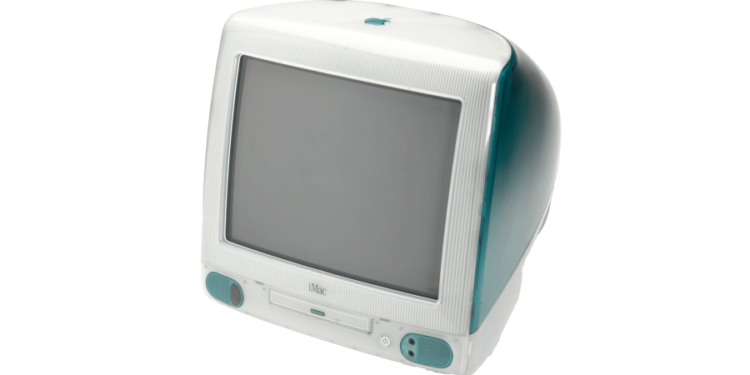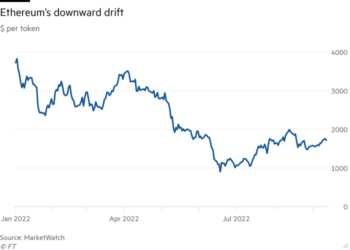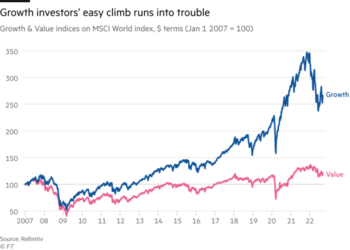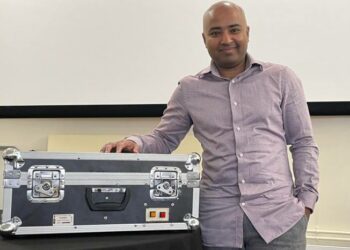The first iMac doesn’t look like a game changer. Released in 1998, the G3 Bondi Blue personal computer was jelly bean-coloured and named after the Australian surfing beach. Its transparent plastic case was cute and curvy, the design equivalent of a text written in Comic Sans. And yet this model changed the course of computer design, precipitated a plastic products craze and rescued its makers, Apple, from near collapse.
To make sense of it, cast your mind back to the 1990s, when a PC generally consisted of a big beige box connected to some smaller beige boxes by a tangle of wires. They were hard to set up and run; the encyclopedic For Dummies book series was conceived of to service nervous home computer users of the era.
Apple wanted to do things differently. Indeed, it had to: the company was in crisis, having lost $708mn in the first quarter of 1997 alone. The solution was to create a desktop computer that would actually look good on said desk. “[The iMac] looks like it’s from another planet . . . ” Steve Jobs boasted. “A planet with better designers.”
The actor Jeff Goldblum was enlisted to front a series of chatty ads emphasising new, quotidian uses for the computer: editing home movies; sharing holiday photos; sending those “email” things that everyone was talking about.
In April 2001 Apple announced it had sold 5mn units of the iMac, which by then came in a range of fruity colours. It had been a watershed few years for home computers in general; in 1997, 36.6 per cent of US households had one. By 2000, the number had topped 50 per cent.
At $1,299, the iMac remained a top-of-the-range model — the only girl I knew who had one growing up also had a swimming pool — but its distinctive aesthetic was quickly democratised. Transparent plastic was all the rage for a few years, from see-through phones and TVs to blow-up sofas made of PVC.
In 2002 Apple switched to an all-white model and the following year it released its first aluminium body, ushering in an era of sleek minimalism. Apple hasn’t looked back since — although the same cannot be said for the rest of us. The 20-year trend cycle has recently alighted on turn-of-millennium fashion, and transparent plastic furniture and accessories such as Xbox controllers are all the rage with Gen Z.
Find out about our latest stories first — follow @FTProperty on Twitter or @ft_houseandhome on Instagram











